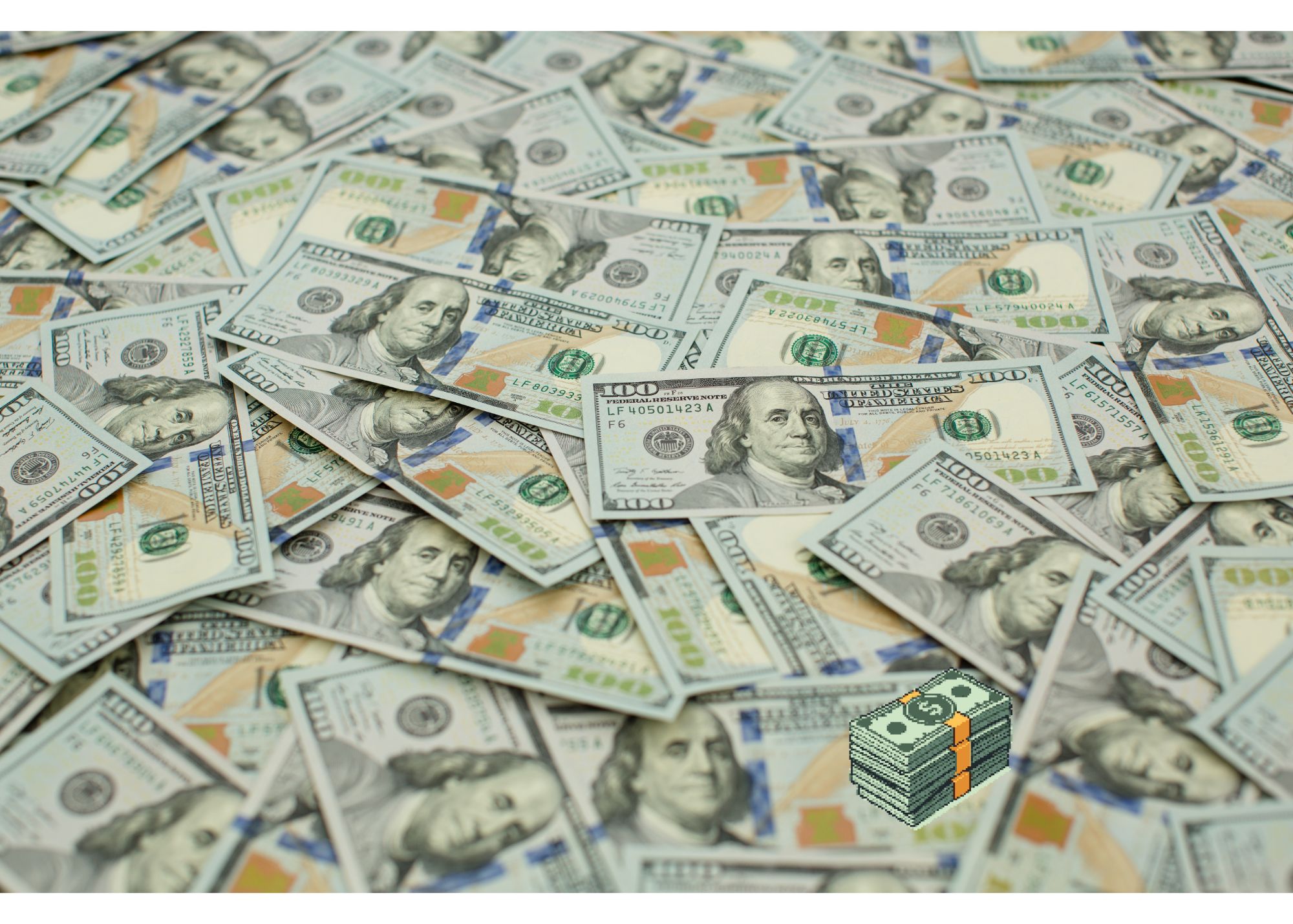Should You Buy This DOG of a Stock?
Macroeconomic and geopolitical variables have put the stock market under immense pressure this year. Investors now fear that surging inflation and rising interest rates could send the economy into a recession. If you think the market has yet to hit rock bottom, it may be time to add inverse ETFs, like ProShares Short Dow30 (DOG), to your portfolio — here’s why.
What Is an Inverse ETF?
An inverse ETF is an exchange-traded fund designed to yield returns opposite of the asset it’s tracking. For example, an inverse ETF like ProShares Short S&P 500 (SH) would bet against the S&P 500 Index.
Using these ETFs in your investment strategy can help hedge against downturns. They provide an opportunity to take a bearish stance on a specific sector or to hedge against a current position.
When Should You Buy Inverse ETFs?
Inverse ETFs like DOG typically work best in the short term. This strategy is ideal if you want to make a directional bet. However, it’s not for everyone.
You need to understand when it may be best to enter and exit — but even when you’re right, market volatility can chew up your profits. Like all things related to the stock market, nothing is certain.
The most significant risk long-term is that DOG moves opposite the Dow. So, if the Dow rallies, DOG will lose as much as the index gains.
Another risk is that the Dow has performed better than other indices this year. If you short the Dow and it holds its value better than the S&P 500, Nasdaq, or other indexes, that’s a lost opportunity. Of course, you can always hold more than one inverse ETF or switch at any time.
What Is DOG?
If you’re looking for ways to short the Dow Jones Industrial Average, an index of 30 prominent companies, ProShares Short Dow30 (DOG), is an attractive offering.
Many Dow stocks took a beating this year, including Apple (AAPL) and Cisco Systems (CSCO), whereas others like Chevron (CVX) have soared. Overall, the Dow’s performance is down year-to-date.
Because around 15 companies account for a significant portion of the holdings, you’re primarily shorting that basket of stocks. Holding this inverse ETF can allow for greater precision than one that shorts a more diverse index.
DOG yields a daily return of -1x the return of the Dow. Think of this ETF as a mirror image of the Dow — it’s essentially a bet against the Dow and the greater market.
Based on how quickly the market can rally, investors holding DOG should monitor their holding as frequently as daily. Remember, the Dow is a price-weighted index — it’s not cap-weighted. So, the stock with the heftiest price tag represents the greatest weight in the benchmark.
Why Is DOG Relevant in a Bear Market?
In a bear market, DOG can help you profit from a decline. It could also be a wise choice if you’re a risk-averse investor seeking short-term hedges. For example, if the Dow slips by 1%, DOG gains 1%.
So, if you think short-term problems are ahead for the Dow, adding DOG to your portfolio will allow you to hedge against the index without disrupting your portfolio. You can trade in and out of the inverse ETF with ease.
DOG aims to reflect -100% of the daily performance of the Dow. For those who are more aggressive, ProShares UltraShort Dow 30 ETF (DXD) and the ProShares UltraPro Short Dow 30 (SDOW) reflect -200% and -300% of the Dow, respectively. The volatility of these ETFs is similar to that of the Dow but in reverse.
Read more: Will The Economy Get Better In 2023?
What Will 2023 Hold for the Market?
The Dow is down over 7% year-to-date. However, it’s up nearly 3% in the past six months. Is the market beginning to see the light at the end of the tunnel, or is there more pain ahead?
At this time, economic pressures are far from over. This year showed investors one crucial thing — the market was overvalued, and despite steep declines, there is evidence that falling prices could continue. Those who are banking on a better year in 2023 may be disappointed.
The longer and deeper the bear market goes, the more practical DOG can be — especially if the Dow drops alongside the broader market. While some investors do not consider DOG a Buy at this exact moment, that could quickly change. While a large chunk of the bear market has passed, it’s likely not over.



